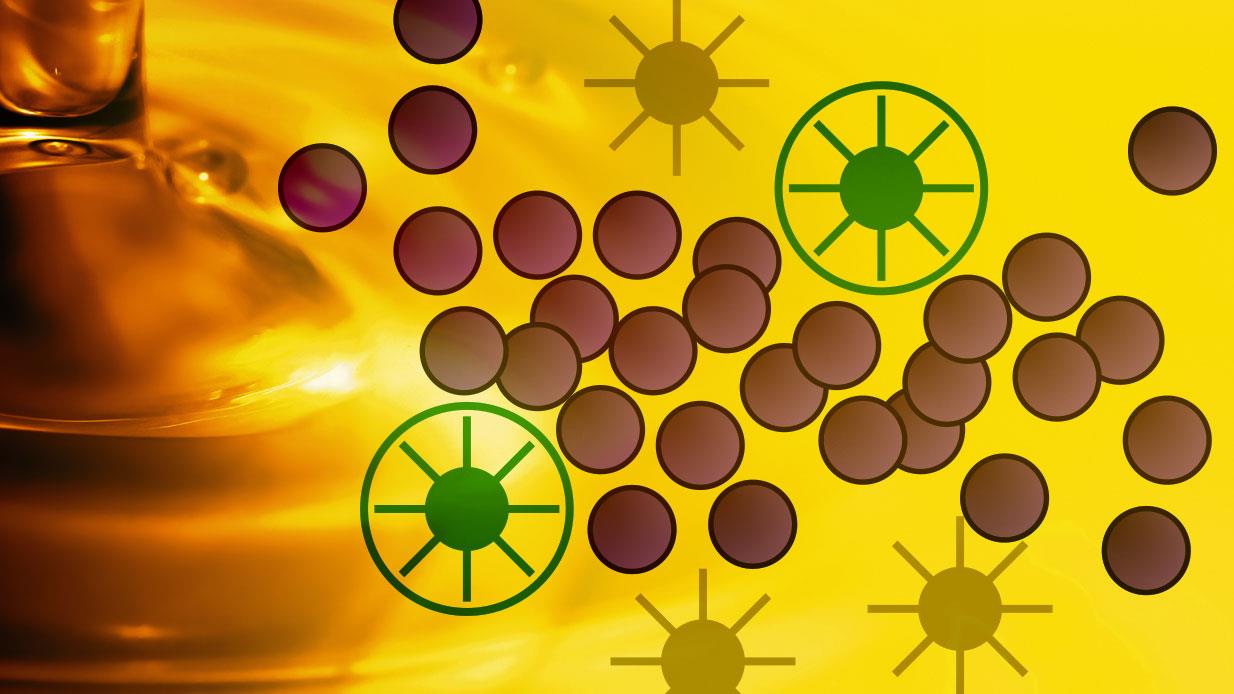
The pour point of an oil is the lowest temperature at which an oil is observed to flow by gravity in a specified lab test. Specifically, the pour point is 3 degrees C (5 degrees F) above the temperature at which the oil shows no movement when a lab sample container is held horizontally for 5 seconds.

The pour point is an indication of an oil’s cold-temperature properties. However, it may not relate to the lowest temperature that the oil will flow to the bearings in a piece of equipment, the lowest operating temperature for a hydraulic oil or the lowest temperature at which gears receive adequate lubrication.
Never select a lubricant product based on its pour point alone. The cloud point is approximately the low temperature at which the oil turns cloudy due to the solidification of wax crystals within the oil. The pour point of an oil is covered by ASTM D97 and D6892-03. Several methods are used to determine the cloud point including ASTM D5772-10.

Pour Point Depressant Additives
Pour point depressants are polymers that allow oil and lubricants to flow at very low wintertime temperatures without heavy wax formation at these cold temperatures and enable the oil to remain pumpable (flowable). They are typically used in paraffinic base oils in applications where extreme low machine startup temperature conditions are possible. Most paraffinic motor oils employ the use of pour point depressants.
How Pour Point Depressants Work
Modifies the interface between the crystallized wax and the oil
Compounds Used in Pour Point Depressants
Alkylated wax naphthalene, polymethacrylates, alkylated wax phenol



.jpeg)

